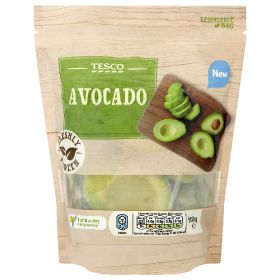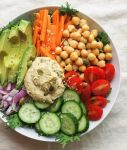You would think that a wisdom tooth extraction on Thursday, followed by a painful knee injury during a 9 mile run on Sunday, would have left me reaching for the ibuprofen and paracetamol. But there was no pain from the tooth after the anaesthetic wore off (I promise you, none!), and the knee was completely better with in days.
Can what you eat reduce inflammation and pain, allowing you to recover more quickly than expected? Food can have a surprising impact on injury recovery, as well as on the development of long term health conditions………..
Inflammation can be acute or chronic.
Acute inflammation is a normal and short-lived response (lasting minutes to days) to injury, irritation, or infection, and leads to redness, swelling, heat, and pain at the affected site.
Chronic inflammation is a long-term response (lasting weeks, months, or years) to factors such as poor nutrition, stress, and processes related to ageing. It is a contributing factor in heart disease, diabetes, high blood pressure, diabetes, skin conditions and nonalcoholic fatty liver disease, rheumatoid arthritis, as well as numerous cancers eg. colorectal, gastric, esophageal, pancreatic, breast, endometrial, ovarian.
Athletes & Inflammation Increased muscle stress and inflammatory responses among athletes have been reported consistently in research. Athletes are also more susceptible to longer term injuries often requiring surgery. In order to train and compete without pain, it is not unusual to take anti inflammatory medication daily. The problem with taking this medication long term is that it can cause harm to the digestive system e.g. stomach bleeding, kidney problems and potentially the development of allergies.
consistently in research. Athletes are also more susceptible to longer term injuries often requiring surgery. In order to train and compete without pain, it is not unusual to take anti inflammatory medication daily. The problem with taking this medication long term is that it can cause harm to the digestive system e.g. stomach bleeding, kidney problems and potentially the development of allergies.
Is it possible that a high intake of anti inflammatory foods, coupled with a low intake of inflammation provoking foods, can reduce tissue inflammation? Before my wisdom tooth extraction and after the knee injury, I made sure that I increased my intake of anti inflammatory food (sardines, salmon, flaxseed, ginger, veg and omega 3 supplements). Is it possible that this food reduced the inflammation and pain?
Nutrition and Inflammation – the evidence
Nutrients play a key role in both promoting and reducing inflammatory processes. There is a wealth of scientific studies linking nutrients with inflammatory processes coming from laboratory, clinical, and epidemiologic studies.
In a 2006 study published in the Journal of the American College of Cardiology, scientists found that diets high in refined starches, sugars, saturated fats, and trans fats appear to turn on the inflammatory response. But a diet rich in fruits, vegetables, whole grains, and omega-3 fatty acids along with regular exercise and not smoking, seems to cool down inflammation.
Evidence links traditional dietary patterns such as the Japanese and Mediterranean diets with lower disease rates. Both diets have characteristics linked with lower inflammation levels. The traditional Japanese diet is low in fat, sugar, flour, and dairy and high in fish, vegetables, sea vegetables, rice, green tea, fruit, and soy foods, while the Mediterranean diet is low in meat and sugar and high in fish, whole grains, olive oil, fruits, and vegetables.
Causes of inflammation:
- Too many calories – eating too much and being over weight

High Glycaemic Index carbohydrates
- Excess high glycaemic index carbohydrates – sugar, white bread, white rice, white pasta, cakes, biscuits
- Trans and omega 6 fats – processed foods, soybean, corn, safflower, sunflower oil
- High ratio of omega-6 to omega-3 fats – too much omega-6 and too little omega-3 fats
So what can you eat to help to reduce inflammation? Here’s an excellent list!
Anti inflammatory shopping list
Oily fish (omega 3): absolutely top of my list: salmon, mackerel, sardines, fresh tuna. If you don’t like oily fish, then take omega 3 supplements (1000mg EPA/DHA per day)
 Fruits – any!
Fruits – any!
Grains
– Brown rice,
Bulgur, Oats,
Quinoa, Whole grain stone-ground breads
Spices – tumeric, ginger, garlic,
Legumes and Seeds
- Chickpeas,
Beans, Flaxseed,
Lentils, Pumpkin seeds,
Sesame seeds,
Soybeans/edamame,
Sunflower seeds,
Tofu,
Walnuts
Oils – olive oil,
Vegetable (rapeseed) oil,
Flaxseed oil, Walnut oil

Vegetables – any!
Miscellaneous Items
Dark chocolate (at least 70% cocoa)
Red wine (in moderation)
Tea (green, white, or black)
Anti inflammatory Menu:
Breakfast: Seriously Healthy Pancakes or Summer Oats
Lunch: Tomato & Lentil Soup or Burgen Bread with smoked salmon & avocado
Dinner: SuperFood Salad or Jacket Potato with Beans & Coleslaw
Buyken A, Goletzke J, Joslowski G, Felbick A, Cheng G, Herder C, Brand-Miller J. (2014) Am J Clin Nutr 99(4):813-33 Association between carbohydrate quality and inflammatory markers: systematic review of observational and interventional studies.
Calder P.C. (2012) Proc Nutr Soc. 71 (2):284-9 Long-chain fatty acids and inflammation.
Giugliano D, Ceriello A, Esposito K. (2006) The Effects of Diet on Inflammation: Emphasis on the Metabolic Syndrome. J Am Coll Cardiology 48(4):677-685.
Kim W, Lee H. (2013) Nutrients (11):4305-15 Advances in nutritional research on regulatory T-cells.
Kim J, Lee J. (2014) J Exerc Rehabil 31;10 (6):349-56. A review of nutritional intervention on delayed onset muscle soreness.
Palaska I, Papathanasiou E, Theoharides TC. (2013) Eur J Pharmacol. 15;720 (1-3):77-83
Use of polyphenols in periodontal inflammation.
Salas-Salvadó J, Garcia-Arellano A, Estruch R, Marquez-Sandoval F, Corella D, Fiol M, Gómez-Gracia E, Viñoles E, Arós F, Herrera C, Lahoz C, Lapetra J, Perona JS, Muñoz-Aguado D, Martínez-González MA, Ros E (2008) Components of the Mediterranean-type food pattern and serum inflammatory markers among patients at high risk for cardiovascular disease.Eur J Clin Nutr ;62 (5):651-9.
Salas-Salvadó J, Casas-Agustench P, Murphy MM, López-Uriarte P, Bulló M. (2008) The effect of nuts on inflammation. Asia Pac J Clin Nutr;17 Suppl 1:333-6.
Simopoulos, A. P. (2008) Exp Biol Med 233(6):674-88. The importance of the omega-6/omega-3 fatty acid ratio in cardiovascular disease and other chronic diseases.































 cookin a new suitably sunny Greek inspired wee recipe! (NB the word ‘wee’ in Northern Ireland is an affectionate term used for pretty much anything, for example a shop assistant may say: “Uck that is a lovely wee top, would you like a wee bag for it? Just pop your wee card in the wee machine there. OK you can put your wee PIN number in now. Would you like me to put your wee receipt in your wee bag?”)
cookin a new suitably sunny Greek inspired wee recipe! (NB the word ‘wee’ in Northern Ireland is an affectionate term used for pretty much anything, for example a shop assistant may say: “Uck that is a lovely wee top, would you like a wee bag for it? Just pop your wee card in the wee machine there. OK you can put your wee PIN number in now. Would you like me to put your wee receipt in your wee bag?”)













 This is something I make in seconds for my kids as a very healthy pudding. They love it. It’s somewhere between ice-cream and a smoothie. For me, I sometimes have it as a breakfast. I add a handful of oats, and if I’ve just had a bike or run, a scoop of protein powder.
This is something I make in seconds for my kids as a very healthy pudding. They love it. It’s somewhere between ice-cream and a smoothie. For me, I sometimes have it as a breakfast. I add a handful of oats, and if I’ve just had a bike or run, a scoop of protein powder.


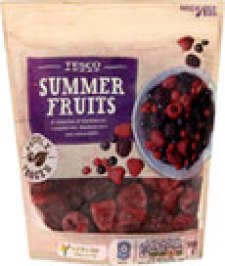

 Loyd Grossman Pasta Sauce – Tomato & Basil. 61 calories, 4.8g sugar, 0.8g salt Sugar is pretty low, the salt is a bit high but not terrible. There are no strange sounding ingredients – it’s all proper food.
Loyd Grossman Pasta Sauce – Tomato & Basil. 61 calories, 4.8g sugar, 0.8g salt Sugar is pretty low, the salt is a bit high but not terrible. There are no strange sounding ingredients – it’s all proper food.  Dolmio Low Fat. 33 calories, 4.2g sugar, 0.8g salt. Don’t let the name of this Dolmio sauce put you off. To be honest, I’m perplexed that it’s called ‘low fat’ as the Dolmio Original is also low in fat. The difference is that the ‘Dolmio Low Fat’ is a bit lower in sugar.
Dolmio Low Fat. 33 calories, 4.2g sugar, 0.8g salt. Don’t let the name of this Dolmio sauce put you off. To be honest, I’m perplexed that it’s called ‘low fat’ as the Dolmio Original is also low in fat. The difference is that the ‘Dolmio Low Fat’ is a bit lower in sugar. Tesco Goodness For Kids Pasta Sauce
Tesco Goodness For Kids Pasta Sauce  ASDA Good & Counted Bolognese Pasta Sauce 27 calories, 4.1g sugar, 0.6g salt
ASDA Good & Counted Bolognese Pasta Sauce 27 calories, 4.1g sugar, 0.6g salt 

 You need to check ingredients lists for partially hydrogenated fats.
You need to check ingredients lists for partially hydrogenated fats.

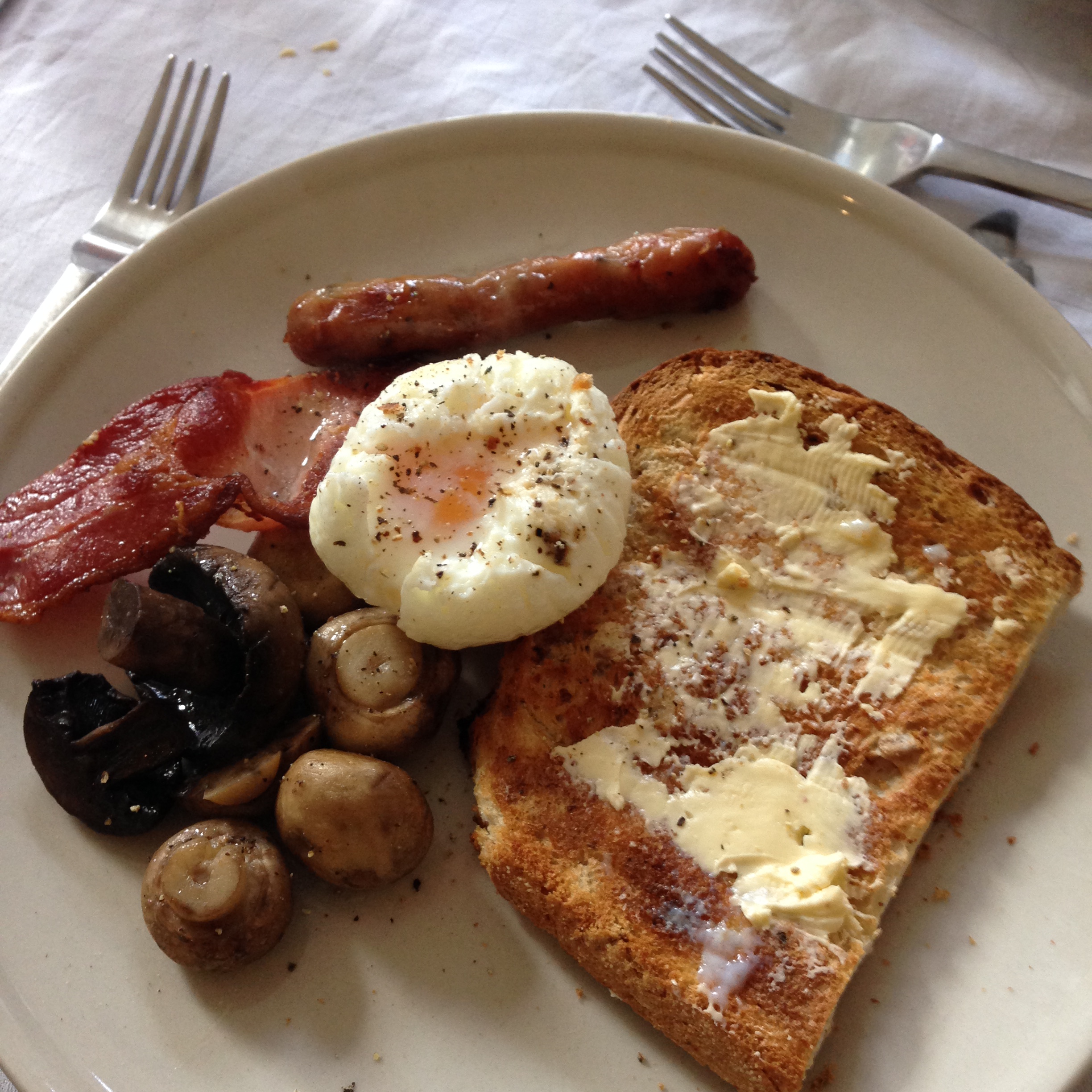





 the staff shortage for a couple of months. At the same time I was single parenting three ‘lively’ children, shopping, cooking, cleaning, refereeing sibling rivalries, homeworks etc. etc. blah blah
the staff shortage for a couple of months. At the same time I was single parenting three ‘lively’ children, shopping, cooking, cleaning, refereeing sibling rivalries, homeworks etc. etc. blah blah








 clients eat everyday. One 19 year old, who has recently been diagnosed with a bowel condition called Ulcerative Colitis, seemed to be eating bacon or sausages at breakfast, lunch and dinner!
clients eat everyday. One 19 year old, who has recently been diagnosed with a bowel condition called Ulcerative Colitis, seemed to be eating bacon or sausages at breakfast, lunch and dinner!
 Aid, Mulanje Mission and Samburu Trust.
Aid, Mulanje Mission and Samburu Trust.








 has about half the calories. Contrary to popular belief, low fat natural (plain) yogurt does not have any added sugar or sweetness. If you are trying to increase protein in your diet, then go for Total which have twice the amount of protein as standard natural yogurts. Liberte has the advantage of having some fruit added, without too much sugar. All of them have the healthy bacteria!
has about half the calories. Contrary to popular belief, low fat natural (plain) yogurt does not have any added sugar or sweetness. If you are trying to increase protein in your diet, then go for Total which have twice the amount of protein as standard natural yogurts. Liberte has the advantage of having some fruit added, without too much sugar. All of them have the healthy bacteria!
 berries/any frozen fruit
berries/any frozen fruit Chuck the ingredients in to a blender and whizz up until smooth.
Chuck the ingredients in to a blender and whizz up until smooth.











 retains the chilli flavour with cumin and paprika but without the heat form the chilli powder. When they’ve been served up, I’ll add the chilli for the adults. It’s perfect with a variety of optional extras: rice, jacket potato, tacos,
retains the chilli flavour with cumin and paprika but without the heat form the chilli powder. When they’ve been served up, I’ll add the chilli for the adults. It’s perfect with a variety of optional extras: rice, jacket potato, tacos,  serve with coleslaw, salad or any other veg you fancy. Filling a few big iceberg lettuce leaves with the chilli and coleslaw is quite delicious. Aim to fill at least half your plate with veg/salad, and about 1/4-1/3 of the plate with the chilli.
serve with coleslaw, salad or any other veg you fancy. Filling a few big iceberg lettuce leaves with the chilli and coleslaw is quite delicious. Aim to fill at least half your plate with veg/salad, and about 1/4-1/3 of the plate with the chilli.



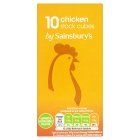







 Tin of
Tin of
 crazy. Back then we just didn’t have good answers for people suffering with Irritable Bowel Syndrome.
crazy. Back then we just didn’t have good answers for people suffering with Irritable Bowel Syndrome. The Low FODMAP Diet has been published in international medical journals and is now accepted and recommended as one of the most effective dietary therapies for IBS and other digestive conditions. In February 2015 it was added to the National Institute of Clinical Excellence’s IBS treatment guidelines.
The Low FODMAP Diet has been published in international medical journals and is now accepted and recommended as one of the most effective dietary therapies for IBS and other digestive conditions. In February 2015 it was added to the National Institute of Clinical Excellence’s IBS treatment guidelines.

 reduction in symptoms for 75-80% of people. The FODMAP Diet was originally developed at Monash University, Australia; and recently more research has been carried out at King’s College, London. The low FODMAP diet is increasingly being used by gastroenterologists and dieticians to successfully manage the tummy problems.
reduction in symptoms for 75-80% of people. The FODMAP Diet was originally developed at Monash University, Australia; and recently more research has been carried out at King’s College, London. The low FODMAP diet is increasingly being used by gastroenterologists and dieticians to successfully manage the tummy problems.








 added (high protein yogurts have been shown to make you feel full up for longer and reduce appetite). I must give St Helen’s Goat yogurt a try, nutritionally I would award it second
added (high protein yogurts have been shown to make you feel full up for longer and reduce appetite). I must give St Helen’s Goat yogurt a try, nutritionally I would award it second  place, but I’ve never tasted it! Onken Naturally Set also has a great nutritional profile, although lower in protein than Total.
place, but I’ve never tasted it! Onken Naturally Set also has a great nutritional profile, although lower in protein than Total.





 High in healthy fats and protein, low carbs.
High in healthy fats and protein, low carbs.




